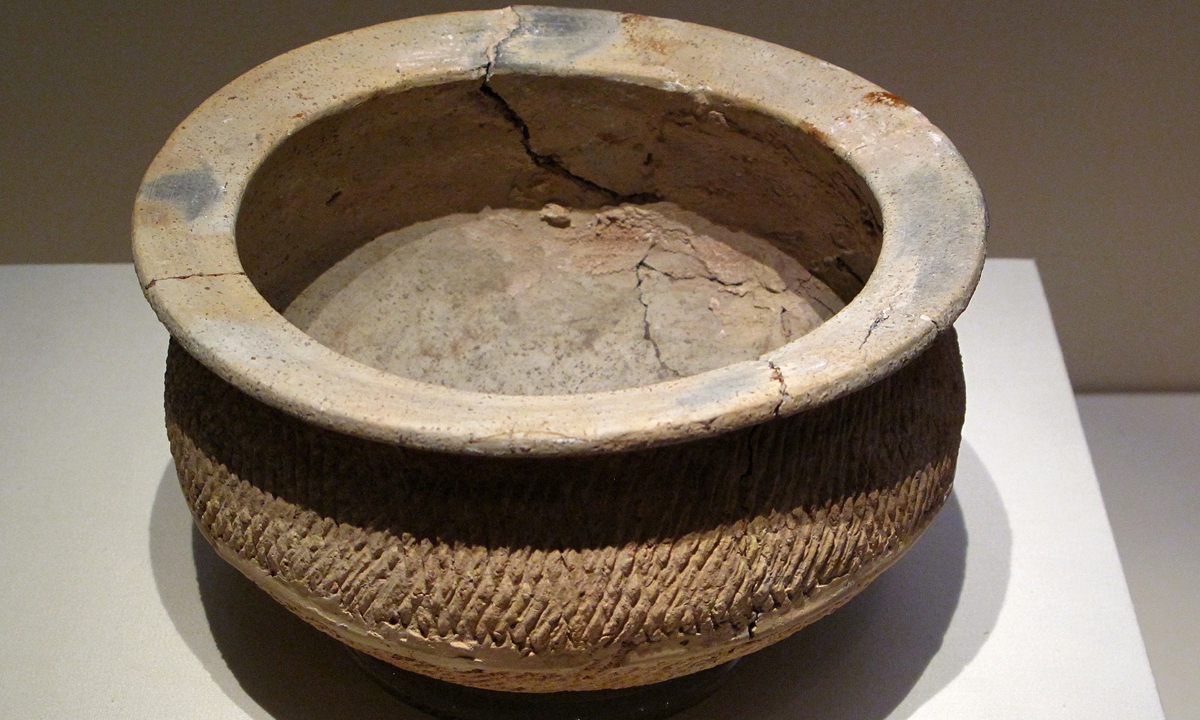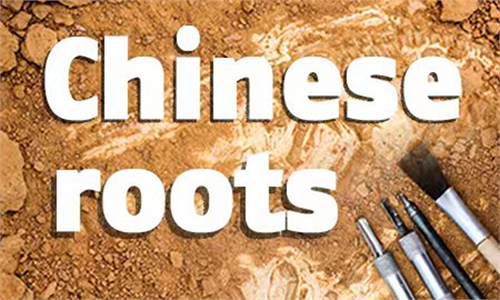ARTS / CULTURE & LEISURE
Chinese roots

The taofu discovered from Tanshishan Ruins Photo: IC
Tanshishan Ruins: Seaside ancestors who enjoyed making soup 5,000 yrs agoLocated near the sea in the eastern part of East China's Fujian Province, the Tanshishan Ruins, dating back to 5,000 to 4,3000 years ago, have revealed to the world the existence of a heretofore unknown prehistoric marine culture in China.
The ruins gained their name from the Tanshishan Mountains, some 20 kilometers away from the provincial capital of Fuzhou.
In 1954, local dam builders accidentally found some odd-looking pottery containers, stones and bones scattering around the construction site. Even more striking were the piles of white shells hidden underground.
From 1954 to 2009, archaeologists carried out at least 10 separate excavations at the site, during which time they discovered a massive number of relics demonstrating that people made Tanshishan their home thousands of years ago.
Signs of man-made construction such as trenches, ash pits, sacrificial pits, as well as pottery kilns and stoves were also found at the site.
More than 80 tombs have also been discovered so far. Among them were a considerable number of cultural relics including stone and bone tools, horns, teeth, shells, pottery wares, jades and stoneware.
All of the discoveries are evidence of the Min culture, one of China's important folk cultures that originated in Quanzhou, Fujian Province.
"The Tanshishan Ruins prove that a Neolithic civilization with maritime characteristics existed 5,000 years ago in the southernmost part of China. From what we've discovered so far, 5,000 years ago this place was inhabited by people," Dong Ping, director of Tanshishan Museum, told the China News.
"It means that it was actually a cozy place for people to live here," he added.
Among the most eye-catching relics are taofu, round pottery boilers. Experts believe they were used to cook soup.
"It is interesting that thousands of years ago, our ancestors began to eat seafood soup and even today soup is still a common dish among the Min people," Dong noted.
Other essential tools such as shovels, knives and chisels made of oyster shells were used to dig up sea creatures on the beach or to scrape the scales of fish.
"The Tanshishan Ruins are the first prehistoric archaeological culture in Fujian that was confirmed academically."
"The ruins are considered the origin of the sea culture in China that influenced people through out the dynasties since the Qin Dynasty [206BC-221BC]," Dong noted.

